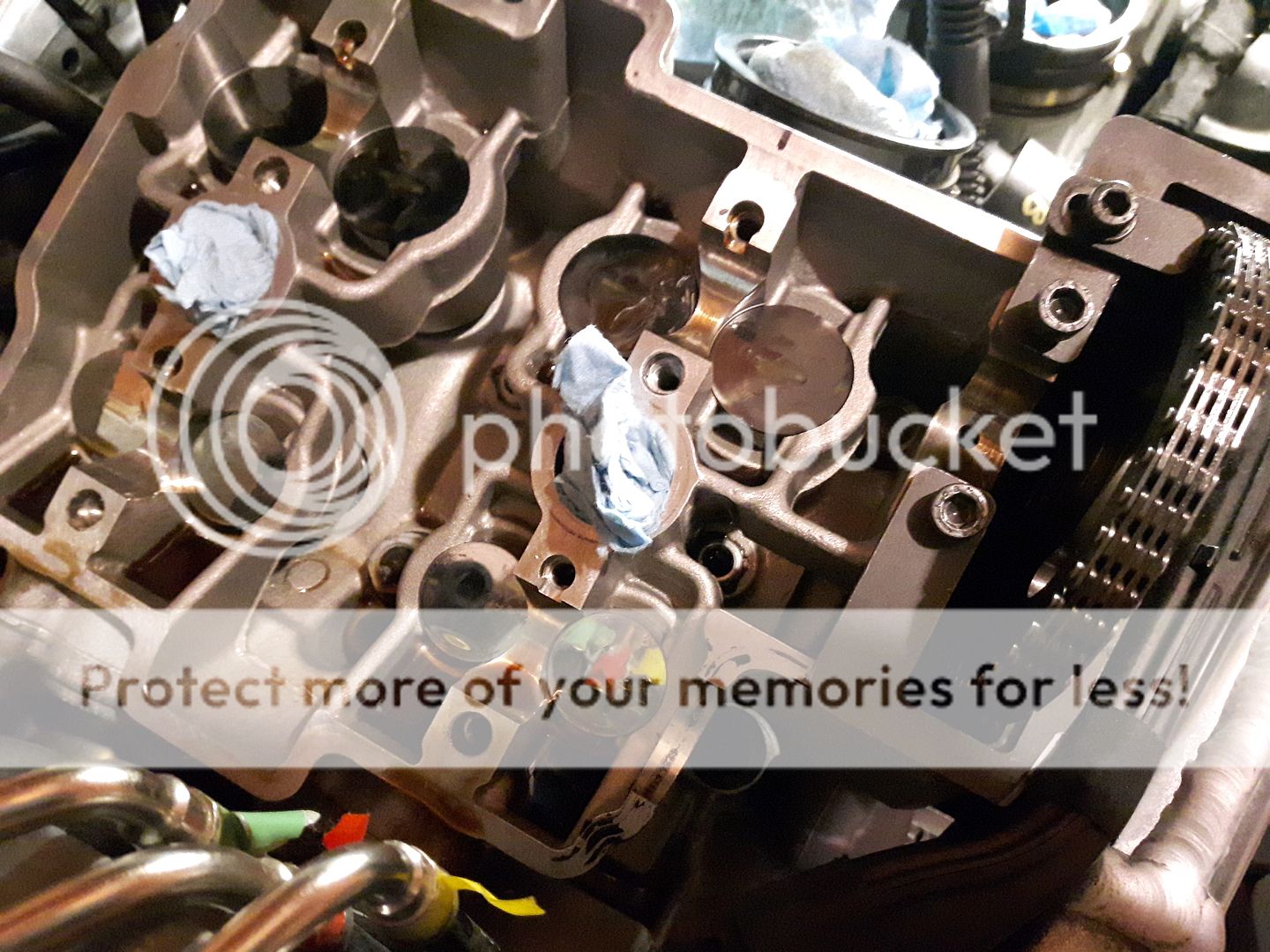matt365
Well-known member
average home owner doesn't have/can't read a mic
stacking feeler gauges does leave you prone to arithmetic errors
CTC sells a $20 digital vernier that any monkey can use
not a bad tool to measure your stack to avoid a f-up
and will have many more uses for the average dude than a mic
I have one of those, and a micrometer. Best to double check. I found the digital mastercraft one was pretty accurate. You're going to adjust the clearance to the larger end of spec anyways; it'll tighten up again over time.
@oioioi As per the PM's, the valve cover gasket most often can be re-used. I think you asked about a timing cover gasket? If it comes off in one piece, I'd re-use it. It should be pretty cheap to get another, so best to have it on hand. A small amount of high heat gasket maker can work in a pinch )don't use too much - last thing you want to do is have that **** going around in your engine, and plugging up an oil gallery, or the sump screen.
You should be able to disconnect the bracket/bolt holding your rad in place, and pull it forward enough to get easy access to the valve cover. I wouldn't drain it if you don't have to. If you do have to and you want to keep your engine ice that you swapped into it this winter, just pull the drain bolt out of the water pump cover and drain it into a clean container, or clean oil pan. Put it back in when you're done.















